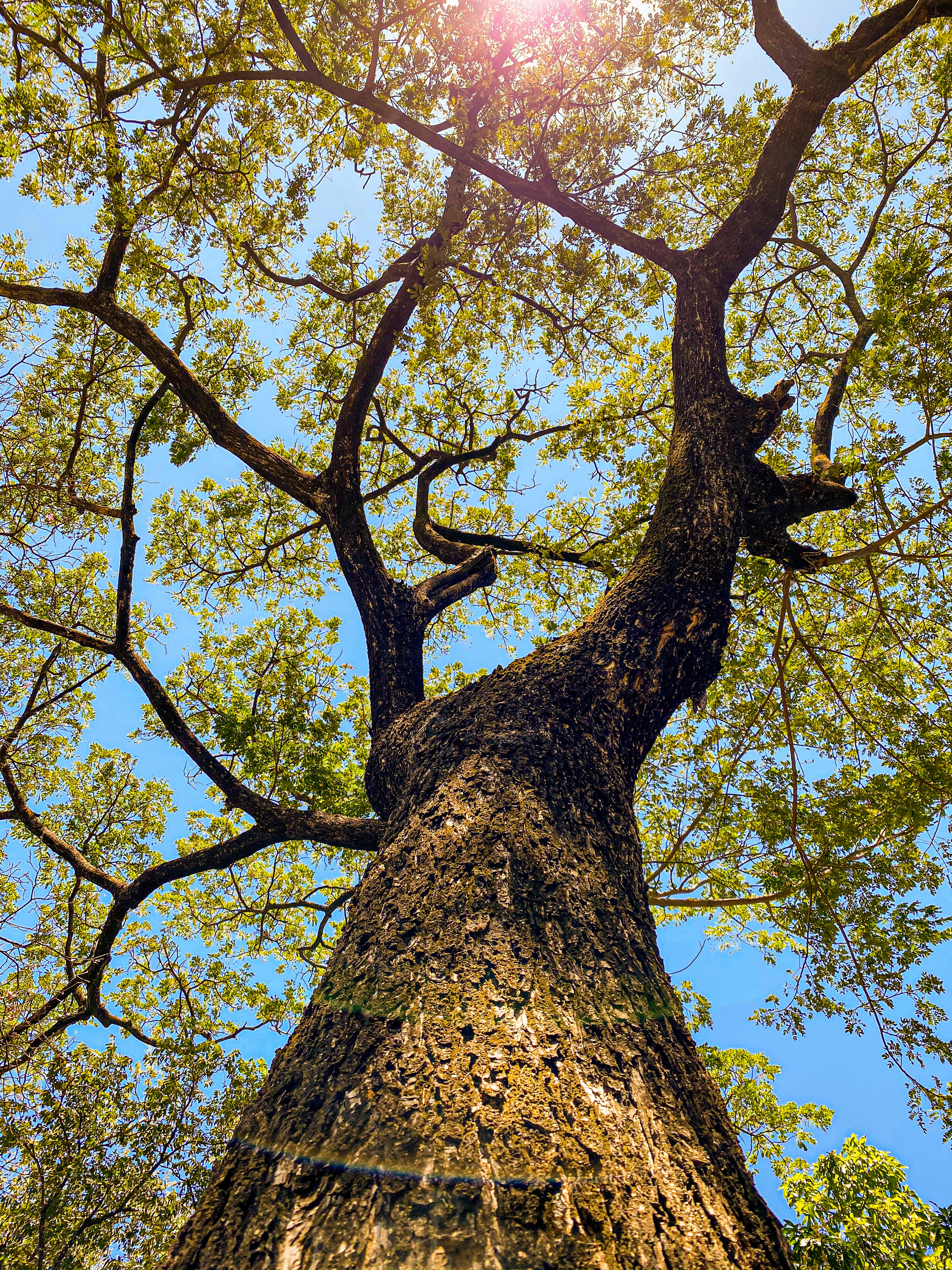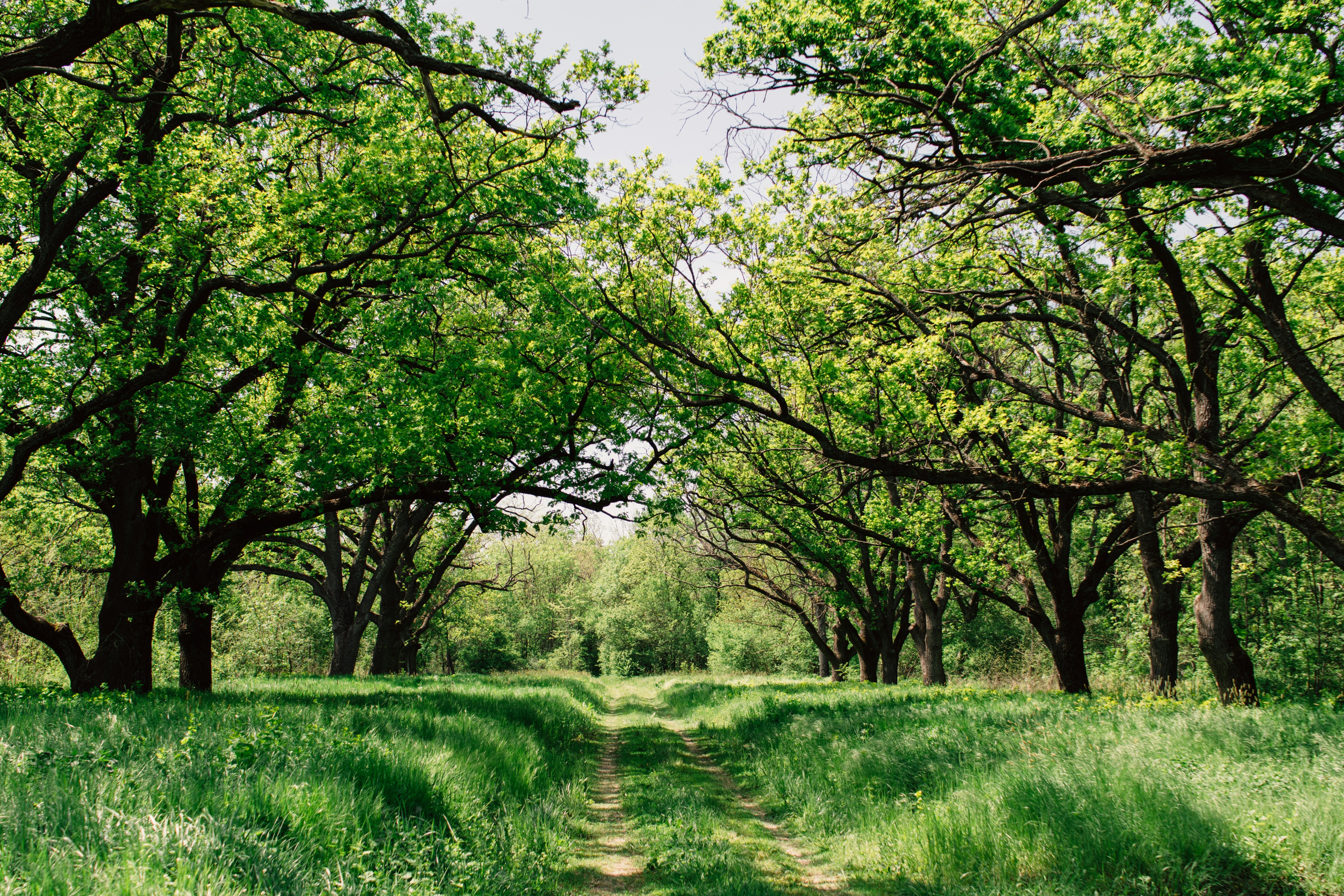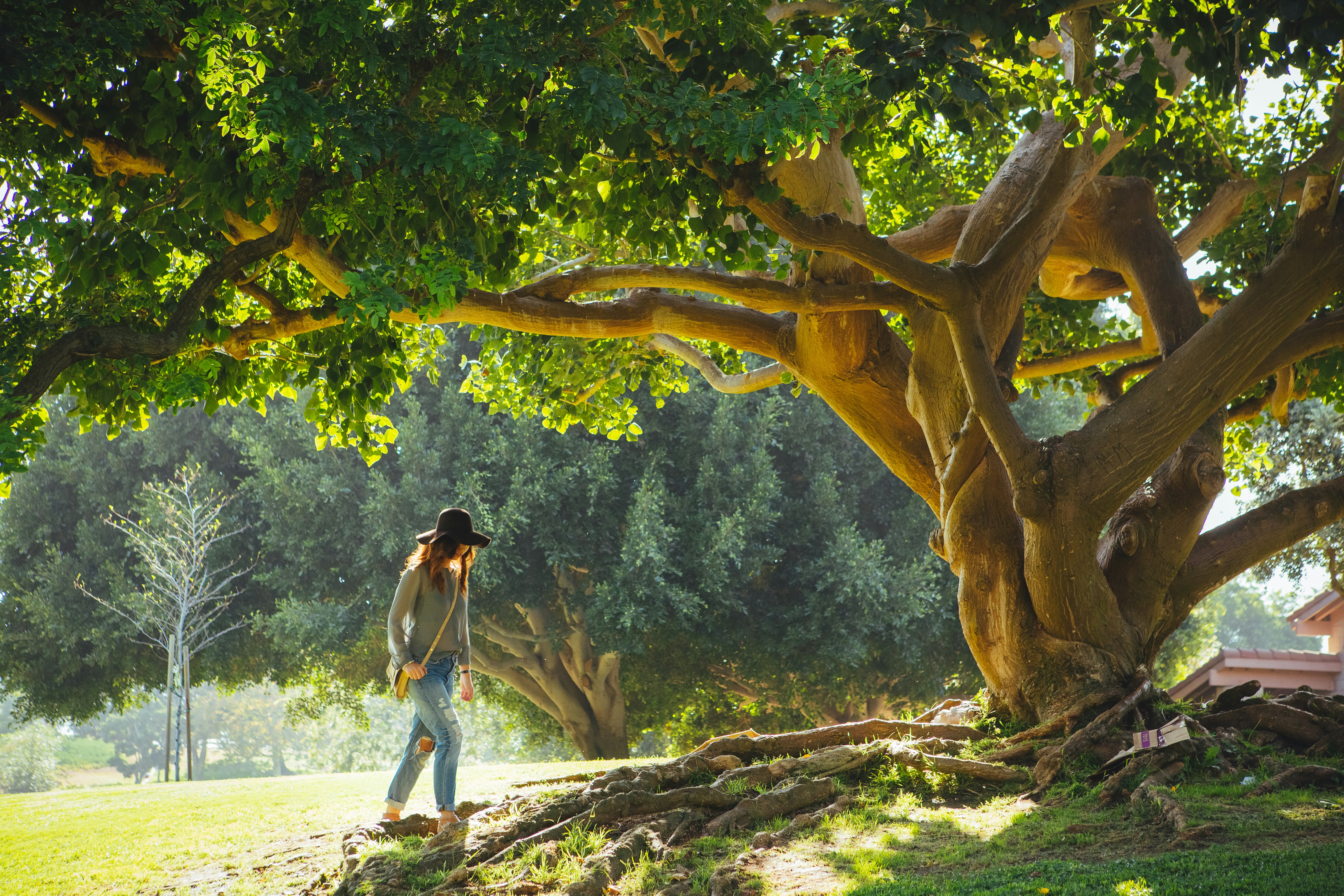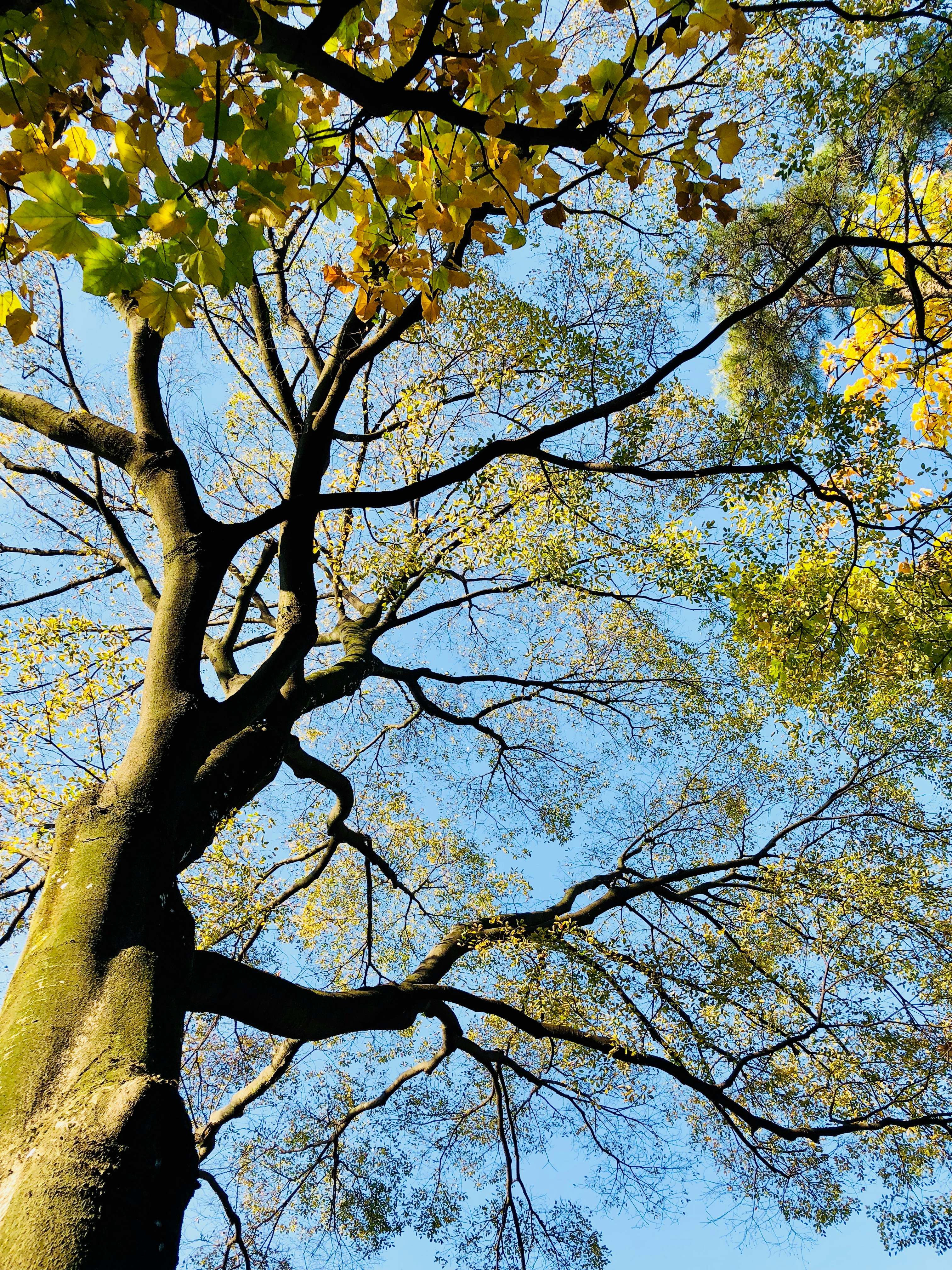Services



Tree removal involves cutting down and extracting trees from a specific area. It requires careful planning to ensure safety and minimize environmental impact. Professional arborists or tree removal services often handle this task, utilizing specialized equipment like chainsaws and cranes. Post-removal, disposal or recycling of the tree debris is typically included.

Tree maintenance involves regular care to promote the health, safety, and aesthetics of trees. It includes pruning to remove dead or diseased branches, trimming for shape and clearance, watering during dry spells, and mulching to retain moisture and deter weeds. Regular inspection helps identify issues early for prompt intervention.

Tree trimming involves pruning, cutting, and shaping trees to enhance their health, aesthetics, and safety. It includes removing dead or diseased branches, shaping for better growth, and maintaining clearance from structures and power lines. Proper trimming promotes tree vigor and reduces the risk of falling limbs, enhancing both the tree's lifespan and surrounding environment.

Stump removal involves extracting the remaining portion of a tree after it has been cut down. This process typically requires specialized equipment such as stump grinders or excavation machinery to uproot the stump and its root system. It's crucial for land clearing, preventing regrowth, and enhancing aesthetics or safety in outdoor spaces.

Stump grinding is the process of removing tree stumps by using a powerful grinder. The grinder chips away at the stump until it's ground into small wood chips, effectively eliminating it from the landscape. This method is quicker and less invasive than traditional stump removal, leaving the area ready for replanting or other landscaping projects.